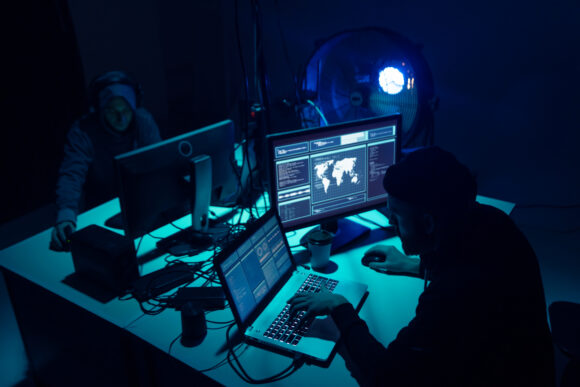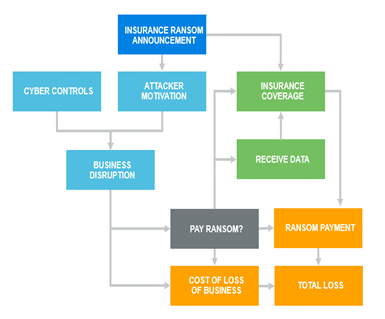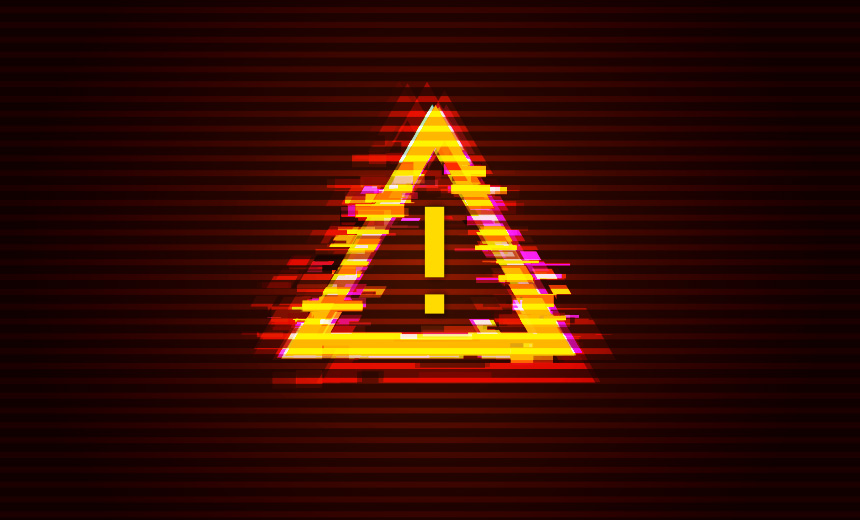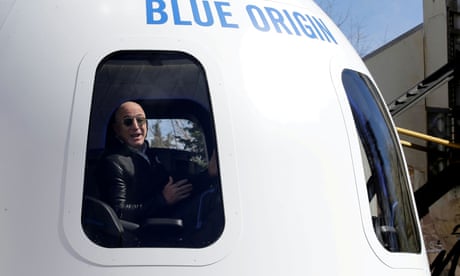Employers Must Contend with Shrinking Population of Working-Age People
As America’s job market rebounds this summer and the need for workers intensifies, employers won’t likely have a chance to relax anytime soon. Worker shortages will likely persist for years after the fast-reopening economy shakes off its growing pains.
Consider that the number of working age people did something last year it had never done in the nation’s history: It shrank.
Estimates from the Census Bureau showed that the U.S. population ages 16 through 64 fell 0.1% in 2020 — a scant drop but the first decline of any kind after decades of steady increases. It reflected a sharp fall in immigration, the retirements of the vast baby boom generation and a slowing birth rate. The size of the 16-64 age group was also diminished last year by thousands of deaths from the coronavirus.
A year earlier, in 2019, the working age population had essentially plateaued.
It’s not entirely clear how population patterns will unfold once the pandemic fully fades. But even if the working age population resumes growing, it will almost certainly do so at an anemic pace. A continuing drop in that population, or even a tepid increase, would pose a problem for the economy. A healthy economic expansion has always depended on robust population growth to fuel consumer spending, justify business expansion and drive corporate earnings. Without a sizable influx of new workers, growth could stagnate.
Still, some economists foresee a silver lining for individuals: Fewer people of working age could compel companies to compete harder to hire and retain employees. And that could mean higher pay, better opportunities and other inducements to keep and attract workers, a trend already evident in the June jobs report the government released Friday. Average hourly pay rose a hefty 3.6% compared with a year ago, faster than the pre-pandemic pace.“The workers would be doing better than the economy as a whole,” said Manoj Pradhan, the founder of Talking Heads Marco, an economics research firm, and formerly an economist for Morgan Stanley.
If wages were to rise sharply, it could also help narrow the vast inequality that has increasingly divided the most affluent Americans from everyone else and left the lowest-income households struggling to afford rent, food, child care and other essential expenses.
With population growth sluggish, economic expansion would hinge on whether companies could make their workers more productive. An increase in productivity, often made through investments in labor-saving technology, could further raise pay. Living standards would rise even if the economy struggled to grow at what’s normally considered a healthy pace.

Last year, the number of legal and unauthorized immigrants entering the United States fell for a fourth straight year to below 500,000 — less than half the level in 2016 — according to calculations by William Frey, a demographer at the Brookings Institution. The number of deaths jumped 8%, to above 3 million, reflecting largely the impact of the pandemic.
A fundamental long-term drag on the working-age population is the exit of the enormous baby boom generation from the labor force. The number of people ages 65 and over will likely jump 30% over the next decade, Frey said.
“We’ve never really been in this type of situation before,” he said. “There’s just not enough (young adults) to replace people who are leaving.”
The situation has been exacerbated this year by a spate of early retirements. Roughly 2.6 million people who were working before the pandemic now say they’re retired and not searching for a job, according to Federal Reserve Bank of Dallas. Sharp gains in stock prices and home values despite the deep pandemic recession made it easier for many older Americans to leave the workforce early.
One of them is Jeff Ferguson, a physician with Eli Lilly & Co. in Indianapolis, who retired in April at age 59 after 22 years with the company.
Having worked from home during the pandemic, Ferguson said, made the transition smoother. But he was also encouraged by his solid investment gains and by the strengthening of the local housing market despite economic uncertainty.
“I probably retired with a tailwind as opposed to retiring with a headwind,” he said. “If I had perceived a headwind, I might have delayed it.”
The pandemic also lent him a new perspective on life and retirement. Ferguson plans to travel around the country with his wife, a pediatrician, and catch up with relatives.
Gad Levanon, an economist at the Conference Board, said the drop in the working age population will be particularly evident among Americans without college degrees. As aging baby boomers retire, they’re being replaced by younger workers who are likelier to be college graduates. Blue-collar workers — anyone without a four-year degree — will become scarcer. That trend will likely create labor shortages in such industries as manufacturing, construction, retail and restaurants and hotels.
Levanon estimates that the number of college graduates will keep growing about 2% a year, despite the population slowdown, while non-college degree holders will dwindle. This could make it harder for future college grads to find jobs commensurate with their education levels. Companies may also inflate their job requirements, perhaps demanding bachelor’s degrees for jobs that didn’t require them before.
“The number of people who are willing to work in blue collar and manual service jobs is shrinking,” Levanon said.

Pay is already rising faster for lower-wage workers. For the lowest-paid one-quarter of employees, hourly wages rose 4.2% in May compared with a year earlier, according to the Federal Reserve Bank of Atlanta. That’s more than twice the percentage raises that these workers received in the four years after the Great Recession, from 2010 through 2014, and higher than the richest one-quarter of workers.
Scott Seaholm, CEO of Universal Metal Products, a 285-person metal stamping company near Cleveland, is surrounded by an aging population and is trying desperately to interest young people in a manufacturing career. A study found that roughly 59% of the population in Lake County, Ohio, where he’s based, was made up of working age adults in 2015, Seaholm said. That proportion fell to 57% last year and is projected to hit 54% in 2025.
“That’s pretty shocking,” he said. “There’s nobody out there to work. It’s kind of ugly.”
More than half the workers in his three factories are over 55, he said, with fewer than one in five ages 20 to 34. He has one 81-year old employee still working a punch press.
Seaholm’s company belongs to a group that encourages high school students to consider factory jobs. He opens his plants to high school students once a year on “industry day” and tries to get their parents to come, too.“They want Johnny and Judy to go off to college,” he said. “That’s all locked in their heads.”
Globally, workforces in most other countries are also aging, including in China, which once seemed to offer an inexhaustible supply of workers. Japan’s population has shrunk for a decade.
Pradhan said that trend could potentially benefit American workers. Since the end of the Cold War in the early 1990s, hundreds of millions of people in China, Eastern Europe and India have joined the global workforce, thereby holding down wages for lower-skilled workers and keeping prices in check.
Now, the aging of much of the world could reverse those trends, Pradhan and Charles Goodhart, formerly an economist at the Bank of England, wrote in a book last year titled, “The Great Demographic Reversal: Ageing Societies, Waning Inequality, and an Inflation Revival.”
Pradhan notes that in Japan, whose population has declined about 1% year for a decade, economic growth has averaged just 1% annually. But that means growth per person has been 2%.
If the United States could achieve that level of efficiency while its population grows just 0.5% a year, its economy could still expand at a healthy 2.5% annually, Pradhan said.
Still, over time, he and other economists worry that sluggish population growth could mean less consumer spending and a less dynamic economy.
“Workers generate innovation and ideas —they invent things,” said Kasey Buckles, an economics professor at the University of Notre Dame. “When you have a dwindling working-age population, you have fewer people doing that.”
AP Business Writer Anne D’Innocenzio contributed to this report from New York.



















